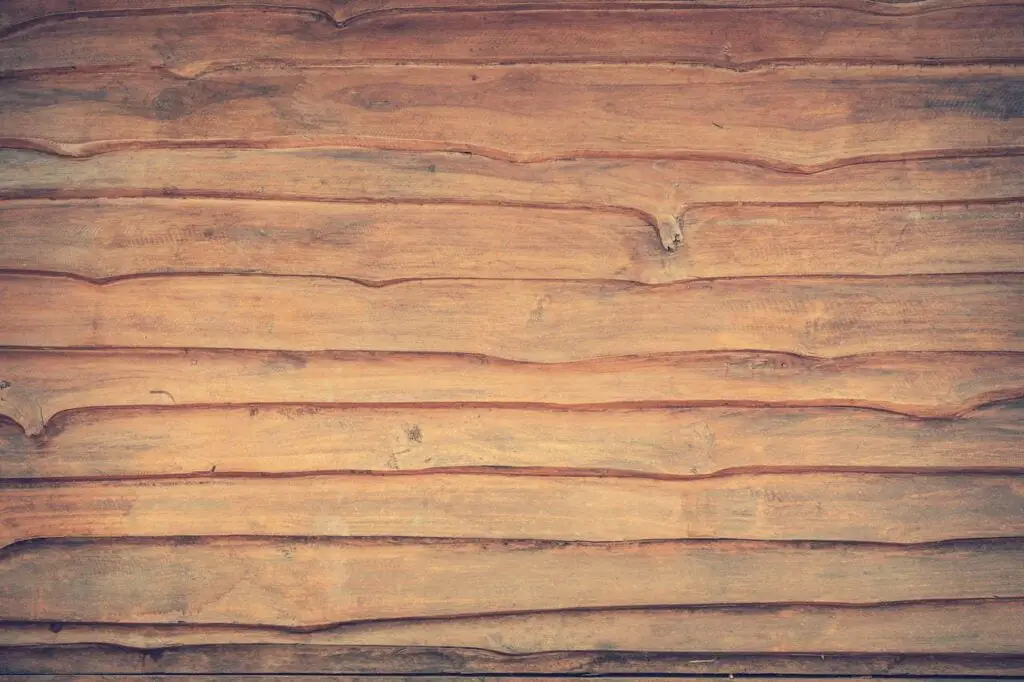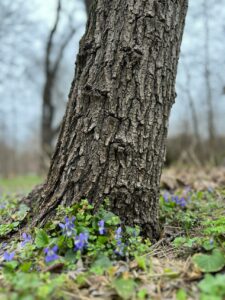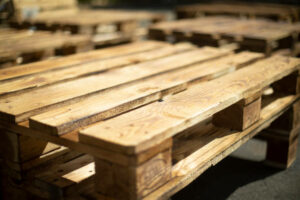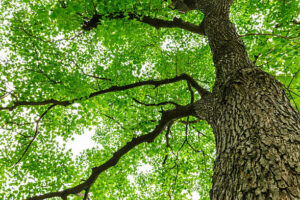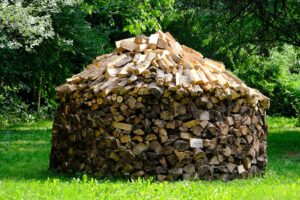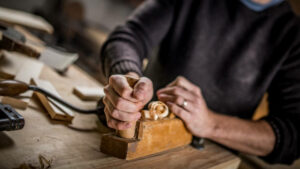Pine lumber grades allow builders, contractors, and DIY enthusiasts to make informed decisions regarding the wood they use. A standardized grading system is used to categorize the wood into various groups based on appearance and structural performance. Machine stress-rated (MSR) pine lumber is evaluated nondestructively by mechanical means and sorted into design values for bending strength and stiffness. This type of machine stress-rated lumber is usually a specialty grade.
Common Class
Pine lumber is often used in a variety of construction projects, including framing a new home or building, creating custom-made furniture, or adding elegant trim around windows and doors. It’s also commonly seen in wooden decks and other outdoor woodworking projects. Several different grade lumber sizes of pine lumber are commonly found in home improvement stores and construction projects. However, it’s important to understand the difference between each type of grade so you can choose the best lumber for your project.
The most common types of pine lumber are Southern Yellow Pine, Sugar Pine, and Ponderosa Pine. These species are all a part of the same group of pines, but each has unique qualities and limiting characteristics that make them more or less suitable for various applications.
Most construction-grade pine lumber is a common grade, which is often stamped SYP or SPIB (which stand for the two different grading agencies that oversee this particular group of timbers). This lumber has been visually inspected at the mill, where it was cut into dimensional lumber and then visually graded lumber, according to specific rules set by these grading agencies.
These rules are intended to ensure that the lumber has enough strength for use in most construction projects. The rules limit the amount of knots and other defects that can be present in the lumber. In general, these rules require that the lumber have no large open knots, no black knots, no pin holes, no crooked or bowed boards, and no wane or warp.
While the lumber may have defects, these are usually minimal and do not compromise the structural integrity of the lumber. Generally, the lumber is very strong and will hold up well to weathering over time.
This lumber is a great choice for exterior siding and other surface applications where it will not be exposed to the elements over a long period. It can be stained or painted to enhance the appearance of the finished product. This premium grade of lumber is a little more expensive than the common class, but it’s well worth the extra cost if you’re using wood for surface appearance.
Select Class
Pine lumber can be used for a wide variety of home construction projects. Its elasticity and lightness make it an excellent material for molding and trim, and its clarity makes it a great choice for window frames. Pine also makes beautiful furniture. If you use the right grade, you can achieve a sleek and elegant appearance. In order to ensure that your project uses the highest quality pine, you should understand how different pine grades used are evaluated.
The standard classification system for pine is broken down into four different grades: the finish grade, premium, standard, and industrial. Each of these categories contains a range of sizes, but the distinction between the grades is that the premium and finish classes require a fine appearance with tight knots, while the standard and industrial classes allow larger knots and a rougher grain of wood.
In addition to these four grades, there are many sub-grades. The best of these is known as #1 Prime or Selects, and the lowest grade is common-appearance lumber. Typically, the higher grades have few defects, and any knots that are present must be sound, encased, tight, and not too large. The lower grades, on the other hand, have a lot of defects and knots, and they may be bowed, twisted, or crooked.
Another important distinction is between visually graded and machine-evaluated lumber. The former requires visual inspection of each piece, while the latter is mechanically tested with a mechanical stress rating equipment or device to determine its design values for bending strength and stiffness. Only then can it be sorted into the appropriate strength categories.
The lower grades of industrial lumber are often used for framing and other structural purposes, and they are usually sold with the grading information on the back or side of the package. This is because the grading rules for framing lumber require a certain percentage of each species to be clear, with no knots or other defects. For this reason, most of the lumber that is sold as framing timbers is a combination of several species, including spruce, pine, and fir. This allows the lumber to be structurally sound while providing a cost-effective alternative to other types of materials.
Stud Grade
The stud grade is a general categorization for pine lumber that’s used in vertical load-bearing capacities. This class of lumber has specific requirements for knots, warp, and splits in the pine boards being used as studs and other structural elements in the building’s frame. It also limits the size and frequency of wormholes in the wood. It’s often combined with the standard or utility grades in building projects that require studs, such as sheds and walls.
A stud-grade piece of lumber can be recognized by its 2’x2″ and 4’x4″ dimensions. It’s more likely than higher-grade lumber to have a large number of knots and other blemishes. The knots should be tight and unlikely to fall out, but the blemishes may include wane, pinholes, mold, and decay. There should also be very little bowed, crooked, or twisted material.
When a stud grade board dimension lumber is used in the construction of a house or other structure, it will typically be stamped with its grading information on one face. Inspectors and engineers often read this stamp to determine whether the lumber can safely support the building’s weight and structure.
Construction-grade pine lumber comes from the standard class, but it’s a bit looser in its grading criteria than appearance-grade wood. It’s a good choice for framing, rafters, and joists. It has a moderate number of tight knots that are unlikely to fall out and very little wane. It’s also unlikely to be bowed, crooked, or have a large amount of machine burn on either side.
The common class has four distinct grades that are designated for their quality, including the premium, finish, standard, and industrial grades. They’re used for everything from furniture to structural components. The quality of each of these grades varies depending on the wood species and the lumber manufacturer’s grading rules. The premium sta, standard grade, and finish grades are best for fine woodworking, while the industrial grade is best suited for structural purposes. The other two grades, however, are best suited for use as raw materials in commercial and residential construction. They can have a greater variety of knots and other defects but still satisfy the standard’s minimum grading requirements.
Specialty Grade
Pine lumber is classified into several classes, according to the University of Missouri Extension Service. These include the Common grades used in building materials and utility wood, such as palettes and fences, and the Select class used for furniture making, fine woodworking, and interior trim. The strength and appearance of the lumber determine a variety of various grades used within each classification. The Southern Pine Inspection Bureau (SPIB) oversees grading for pine lumber in the United States and Canada. It operates as a private industry association, with seven different mills licensed to apply the SPIB grade mark. To gain a license, a mill must prove it has well-established credentials and efficiency in manufacturing, seasoning, and grading of Southern Pine lumber. It must also demonstrate adherence to the basic provisions of the American Lumber Standards Committee.
The SPIB grade mark represents a mill’s ability to produce lumber of consistent quality that complies with the grading rules of the U.S. Department of Commerce and the American Lumber Standards Committee. The SPIB lumber grading rules are based on strength, stiffness, and appearance. Boards marketed in the Common grade are standardized in size, with separate sizes for green and dry lumber. The lumber must also meet strength and stiffness requirements for its specific use.
Knots in the Common class are permitted only if they’re sound, firm, and tight, with limited size regulations and no open holes or rotten areas. These features are assessed during visual sorting, known as appearance grading.
Lumber marketed in the Select class is free of knots that are too large or rotted and has minimal defects. It is sorted by visual inspection, and boards may be marked with a grade symbol or a code that identifies the particular sawmill where it was cut. The grade symbols are A, C, and D.
An appearance lumber has few visible defects with zero apparent knots or splits on both sides of the board. It contains some knots but only small pin knots that add character to the wood. It can be stained or painted.
C’s appearance is similar to A but allows for a slightly larger number of knots that are generally sound enough, firm, and tightly spaced. It can be stained or painted and is used for furniture and other fine woodworking applications. Grade D combines the top two Eastern White Pine appearance grades and can be used for stained finish or interior trim. It allows the characteristics of C to be selected on one side and the characteristics of D to be selected on the other.
